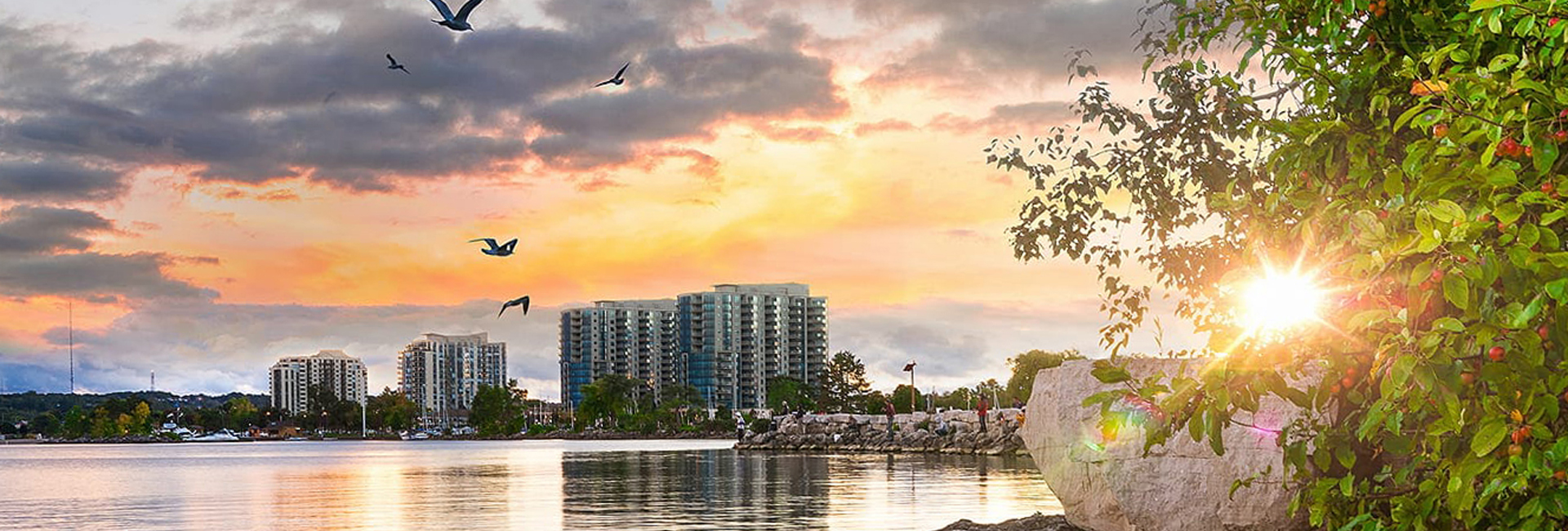Indigenous Peoples of Canada – Respecting Indigenous Peoples & Terminology
Before we explore Barrie, Ontario's rich history, it’s important to acknowledge the lands and peoples that existed long before European settlement and use respectful, accurate language.
“Indigenous peoples” is a collective name for the original peoples of North America and their descendants. The Canadian Constitution recognizes three distinct groups of Indigenous peoples: First Nations, Métis and Inuit.
Aboriginal peoples of Canada include First Nation, Inuit and Métis peoples of Canada. “Indian” is also a historical term used to describe the hundreds of distinct nations of Indigenous Peoples throughout North, Central and South America and the Caribbean. It traces back to Christopher Columbus in the fifteenth and sixteenth centuries during his expeditions to find Asia. Widely used by explorers and missionaries, the term was later adopted by the Government of Canada and incorporated into the Indian Act, 1876. It is often used in the context of historical government departments, documents, policies and laws.
Today, the term “Indian” is the correct and standard term for a citizen or national of the Republic of India or people who trace their ancestry to India.
Do not refer to Canadian Indigenous Peoples as Indians, as it is considered offensive language and not appropriate.
First Nations: refers to the Indigenous peoples of Canada who are not Inuit or Métis. This term is a collective name for more than 50 distinct Indigenous groups across Canada. It can refer to the people themselves, a specific community or nation, or the political and governmental structures associated with those communities, like a band or nation.
Inuit: A term that the northern-most Indigenous peoples used to refer to themselves. It means “The people.” It refers to all Indigenous peoples living in the Arctic regions. In Canada, it refers to those living in communities across the Inuvialuit Settlement Region (Northwest Territories), Nunavut, Nunavik (Northern Quebec), and Nunatsiavut (Northern Labrador) land claim regions. Inuit Nunangat is their homeland.
Inuk: The singular form of the term “Inuit.”
Métis: The Métis are a distinct Indigenous people with a unique history, culture, language, and way of life. The Métis Nation comprises descendants of people born of relations between First Nations women and European men. The offspring of these unions were of mixed ancestry. Over time, a new Indigenous people called the Métis resulted from the subsequent intermarriage of these individuals.
The term refers to the First Peoples, including First Nations, Inuit and Métis Nation. It refers to the original inhabitants of a territory. It is most appropriate to refer to Indigenous peoples by the proper names of their communities or nations.
In Barrie, Ontario, Canada, we acknowledge the First Peoples by the traditional territory of the Anishinaabeg people, which includes the Odawa, Ojibwe, and Potawatomi Nations collectively known as the Three Fires Confederacy. We also acknowledge the Wendat Nation (Huron), who occupied these lands prior to the middle of the 17th century.
We are dedicated to honouring Indigenous history and culture and recognize the enduring presence of Indigenous peoples on this land. We are committed to moving forward in the spirit of reconciliation and respect with all First Nations, Métis, and Inuit People.
Pronunciations:
Anishinaabeg: Ah-nish-NAH-beg
Odawa: Oh-DAH-wah
Ojibwe: O-jib-we
Pottawatomi: boh-tah-WAH-toh-mee
Métis: may-tee
Wendat: wen-dat
References:
First Nations, Inuit and Métis Historical Terminology
The Métis Nation of Ontario
History of Barrie
Before the European settlers arrived, the area around modern-day Barrie, Ontario, Canada, was an important corridor for Indigenous peoples. The western shores of Kempenfelt Bay, the bay that forms the head of Lake Simcoe, served as a place of rest and transit for First Nations peoples travelling the route between Lake Simcoe and the Nottawasaga River, ultimately connecting to Georgian Bay and Lake Huron.
Barrie and the surrounding area are the traditional territory of the Anishinaabeg people, which includes the Odawa, Ojibwe, and Potawatomi Nations collectively known as the Three Fires Confederacy. In the mid-15th century, the Huron-Wendat had a settlement in what is now the city’s Sunnidale Park area, underscoring the long Indigenous presence in the region.
In June 1812, United States President James Madison declared war on Great Britain, initiating the War of 1812, a defensive war led by British forces, Canadian militia, and First Peoples allies.
The War of 1812 in Ontario was a series of battles along the Niagara frontier and on Lake Ontario during which American forces attempted to invade and capture Upper Canada. Barrie originated as a military supply depot during the War of 1812, when the United Empire Loyalists created a settlement to exploit the Nine-Mile Portage route to move troops and material between Lake Huron and the waterways of Lake Simcoe down to Toronto.
In 1833, the settlement was officially named “Barrie” in honour of British Admiral Sir Robert Barrie, who played a significant role in the region from 1812 to 1834, as Commander of the Naval Forces in Canada. Admiral Sir Robert Barrie’s stellar service during the War of 1812 by playing a major role in the blockade of American forces in Chesapeake Bay.
At the end of the war, settlers arrived and took up residence at the end of the portage, beginning the traces of Barrie's first community. As settlement picked up in the mid-19th century, Barrie welcomed a mix of United Empire Loyalists and immigrants from England, Scotland and Ireland. By around 1846, the population was about 500.
As Barrie grew, it began to export local resources. Trees nearly two hundred feet tall were logged and shipped out, serving as masts for British ships and railway ties. In the winter months, huge blocks of ice were cut from the frozen waters of Kempenfelt Bay and shipped down to Toronto, Buffalo and New York for refrigeration purposes. Three large storage houses enabled the blocks to be effectively stored for shipment during the summer months.
Between the late 1800s and the early Twentieth Century, Barrie underwent a number of changes that contributed to its rapid growth. The long-anticipated railway connection in 1865 joined Barrie to the City of York, its resources and industry. But it was the building of Highway 400 in 1950, providing tourists easy access and exposure to our Beautiful City by the Bay, that made Barrie the favourite for family fun in Central Ontario.









